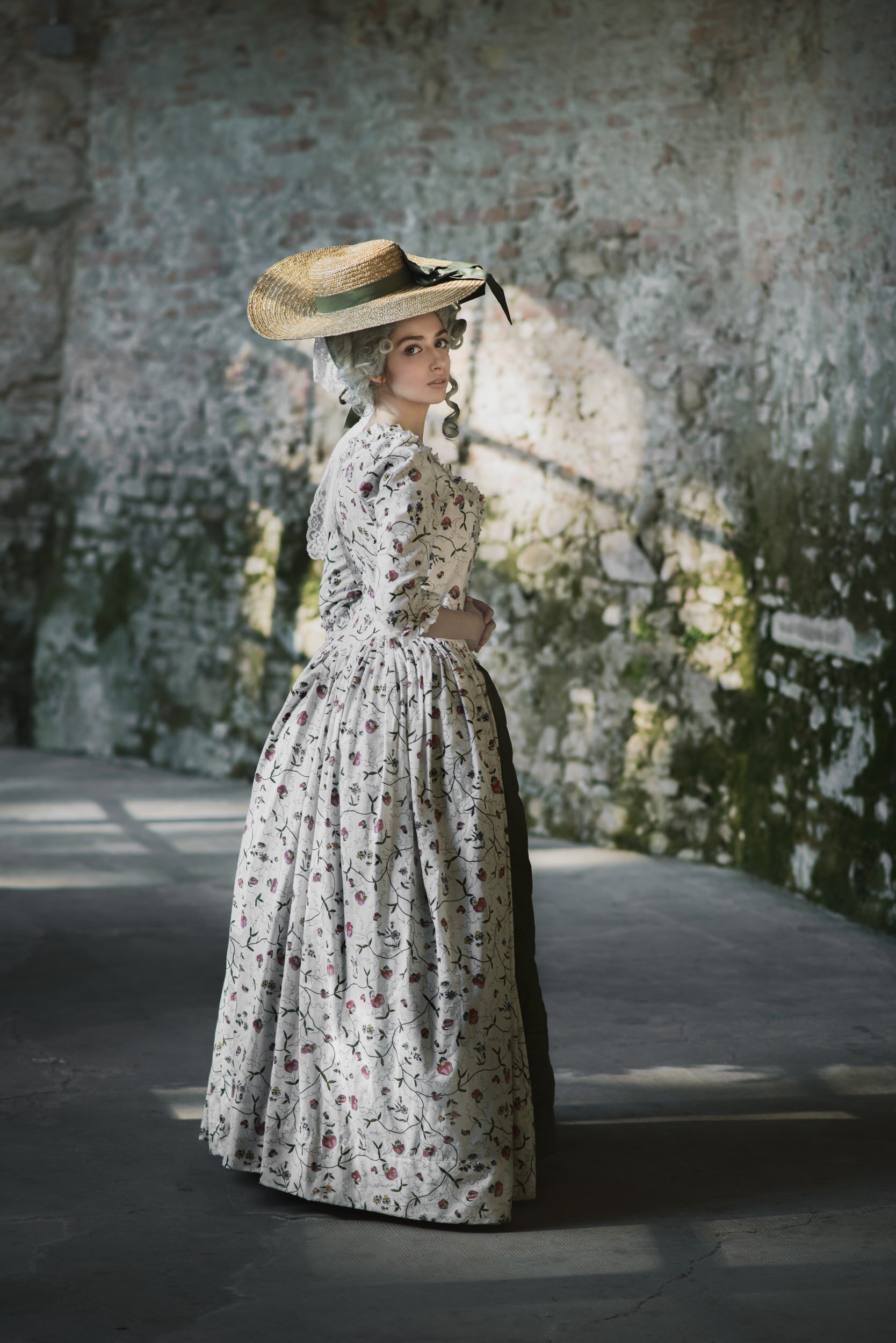‘Jane Eyre’ & Writing Social Critique
When Jane Eyre was first published in 1847, it was an instant success. George Lewes, a well-known literary critic of the time, described Jane Eyre as “the best novel of the season”.
The novel also created quite the stir among critics. In the Quarterly Review, Elizabeth Rigby claimed that the character of Jane was a “personification of an unregenerate and undisciplined spirit”. She also declared that the novel was “anti-Christian”.
Given the context of Jane Eyre, it is safe to say that Charlotte Brontë didn’t pull her punches. The novel calls into question a great many of Victorian society’s core institutions, including family, Christianity, education, and social class.
Jane Eyre asks much of its readers, requiring them to confront some of the most divisive political and social issues of the time, including but not limited to a woman’s place in society, the sanctity of marriage, and the treatment of the mentally ill. It is no wonder then that it attracted as much criticism as it did popularity.
It could even be argued that the rebellious nature of Jane Eyre has played a key part in the novel’s continued popularity, with many of the questions raised in Jane Eyre remaining relevant even to modern readers.
Among the novel’s many strengths is its skillful execution of social and cultural criticisms—which begs the question, how does Charlotte Brontë weave these criticisms into the novel so seamlessly?
How might a modern writer apply the same tactics to critique contemporary issues in their writing and invite readers to interrogate their own culture? When and why should you even use social critique in your writing?
Perhaps most importantly, how might you as a writer deliver social critique without noticeably imposing your authorial presence, disrupting the novel’s story, or alienating your readers?
Let’s find out.
Jane Eyre’s Vehicles for Social Critique and What We Can Learn From Them
In this analysis of how Charlotte Brontë weaves social critique through Jane Eyre, we will address what is arguably the novel’s most notable and prominent vehicle for social critique: character.
How to Use Character to Deliver Social Commentary?
A Wise & Outspoken Protagonist
First and foremost, we have the eponymous Jane. Jane’s very character is the most pervasive vehicle for social critique in this novel. Charlotte Brontë describes Jane as being passionate, outspoken, and strong-willed.
Even as a young girl, Jane is vocal about her mistreatment, particularly at the hands of her cousin John. She has a keen sense of justice and calls out unfairness time and again throughout the novel.
In chapter one, for example, when she is struck by John, she calls him “wicked and cruel”, “like a slave driver”, “like a murderer”, and “like the Roman emperors”.
Much later in the novel, she rails against Rochester; “Do you think, because I am poor, obscure, plain and little,” Jane declares, “I am soulless and heartless? You think wrong! –I have as much soul as you,–and full as much heart!”
As already noted above, the novel faced much criticism when it was first published. In The Madwoman in the Attic, Sandra M. Gilbert and Susan Guber pointed out that “what horrified the Victorians was Jane’s anger”. Such outspokenness was, at the time, viewed as unfeminine and demonstrative of an unruly spirit. Jane’s very existence then calls into question contemporary understandings of femininity.
But as an orphan struck by poverty and an uncertain social class, Jane’s character shines a light on a great deal more than gender and women’s rights. As a fictional autobiography, we view Jane through her own first-person perspective, an experience that lends authenticity and empathy to the narrative. To remain in her mind for such an extended period of time cultivates an understanding of her perspective.
And indeed, we are encouraged to root for Jane and her romance with Rochester. Her outspokenness is balanced with kindness and selflessness, which endears us to her and coerces us into accepting her social critique not with resistance, but with an open mind.
As this demonstrates, in using character as a vehicle for social critique, Charlotte Brontë relies in part on Jane’s vocalness about the injustice of her own circumstances. Let’s take a look at some further examples of Jane’s critique of her society and the culture of the time.
On independent womanhood and personal power:
“I am no bird; and no net ensnares me: I am a free human being with an independent will.”
On gender and class equality:
“It is my spirit that addresses your spirit; just as if both had passed through the grave, and we stood at God's feet, equal — as we are!”
On rank and wealth:
“I do not think, sir, you have any right to command me, merely because you are older than I, or because you have seen more of the world than I have; your claim to superiority depends on the use you have made of your time and experience.”
On the importance of education:
“Prejudices, it is well known, are most difficult to eradicate from the heart whose soil has never been loosened or fertilised by education: they grow there, firm as weeds among stones.”
To replicate this particular way of using character as a means of delivering social commentary would of course require certain character traits, primarily cleverness and outspokenness.
Internal Narrative
If your protagonist does not possess the necessary traits to deliver social critique through dialogue, you could leverage internal narrative to achieve this; this works especially well if your protagonist is astute, but not especially outspoken.
“I have not yet said anything condemnatory of Mr. Rochester’s project of marrying for interest and connections. It surprised me when I first discovered that such was his intention; I had thought him a man unlikely to be influenced by motives so commonplace in his choice of a wife; but the longer I considered the position, education, . . . of the parties, the less I felt justified in judging and blaming either him or Miss Ingram, for acting in conformity to ideas and principles instilled into them, doubtless, from their childhood. All their class held these principles; I supposed, then, they had reasons for holding them such as I could not fathom.” - Jane, on Rochester marrying Miss. Ingram for her connections.
In this example of Jane’s internal narrative, she observes the peculiarity of marrying not for love, but for class and connections. Internal narratives of this nature do not require outspokenness or confrontation in order to deliver social critique.
Sub-Characters
If your protagonist is neither outspoken nor particularly clever, an alternative way of weaving social critique into your writing could be to feature a wise sub-character. In Jane Eyre, Helen Burns performs this role, helping Jane temper her anger in the first half of the novel.
“Hush, Jane! you think too much of the love of human beings; you are too impulsive, too vehement.” - Helen Burns
In this reflection on the place of anger in the face of injustice, Helen Burns imparts wisdom that becomes crucial to Jane’s character arc; because of Helen’s influence Jane’s future outbursts of frankness are less defined by rage and are more critically-minded, developing her into someone who is not only outspoken, but perhaps more well-spoken.
Though Helen Burns isn’t strictly a source of social critique, she is an example of a wise sub-character that could be used effectively to deliver critique.
Character Experiences
Finally, you could deliver a more subtle form of social commentary in your writing by letting a character’s experiences speak for themselves. In fact, uncomplaining characters tend to attract the most sympathy. Helen Burns, though her circumstances aren’t exactly to be envied, is humble and long-suffering.
“I am very happy, Jane; and when you hear that I am dead you must be sure and not grieve; there is nothing to grieve about. We all must die one day,” - Helen Burns, upon her deathbed as a young child.
Helen Burns’ faith and hope emphasise the injustice of her death, which is caused by the poor conditions at Lowood School.
In this instance, Charlotte Brontë leaves us to infer the guilty party, and how class and greed intersect with this tragedy in a poignant and implicit critique of her society.
Learning From The Classics
In his book On Writing: A Memoir of the Craft, (a must-read for all aspiring writers), Stephen King wrote the following:
“The real importance of reading is that it creates an ease and intimacy with the process of writing; one comes to the country of the writer with one's papers and identification pretty much in order. Constant reading will pull you into a place (a mind-set, if you like the phrase) where you can write eagerly and without self-consciousness. It also offers you a constantly growing knowledge of what has been done and what hasn't, what is trite and what is fresh, what works and what just lies there dying (or dead) on the page. The more you read, the less apt you are to make a fool of yourself with your pen or word processor. [...] ‘Read a lot, write a lot’ is the great commandment.”
The wealth of knowledge accessible to us through the classics is immeasurable, and reading critically allows us to tap into that knowledge and discover how it can be utilised in our own writing.
Subscribe to our newsletter to be notified of our latest blog posts on how to cultivate your critical reading skills, and use those skills to improve your craft.

